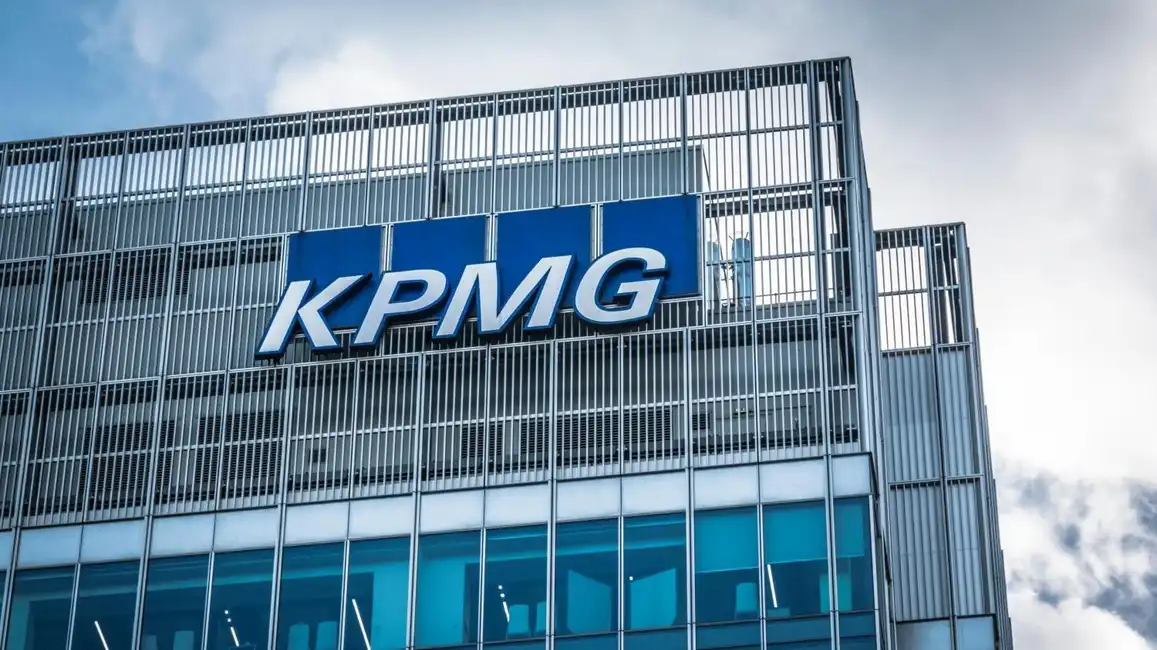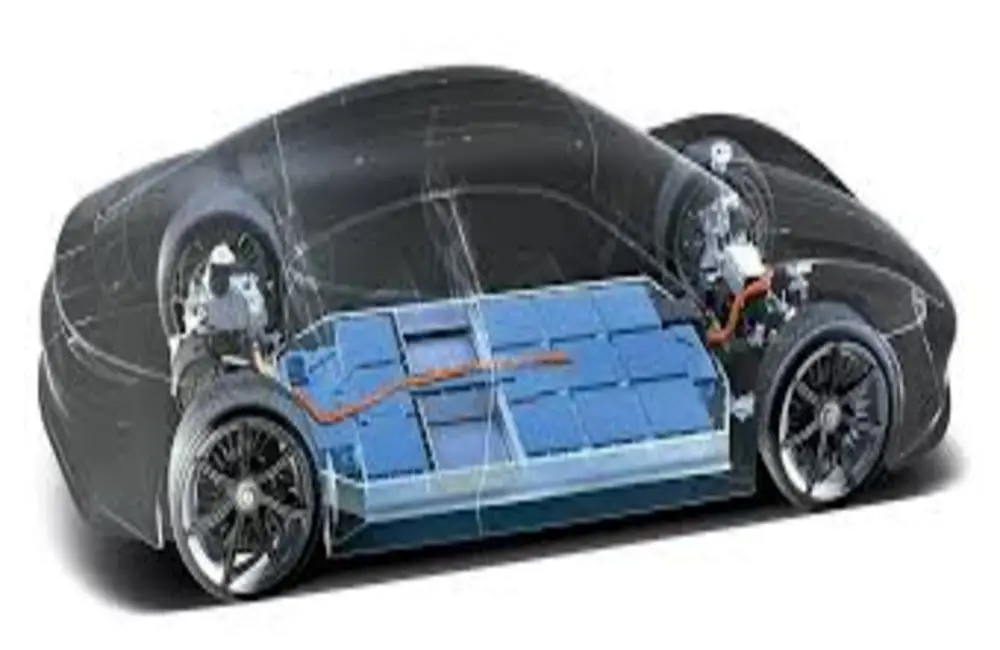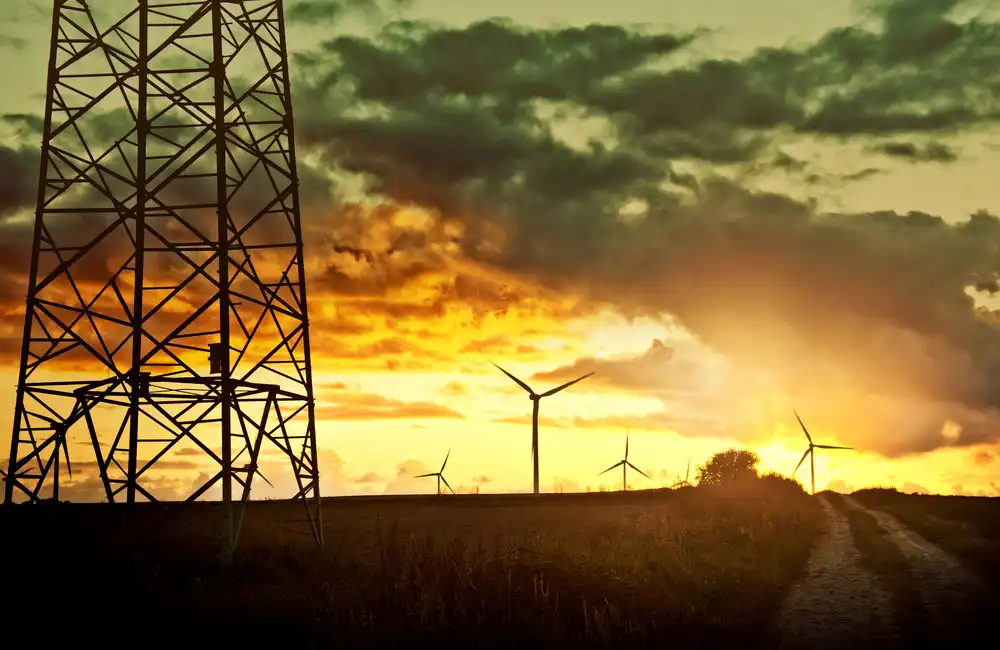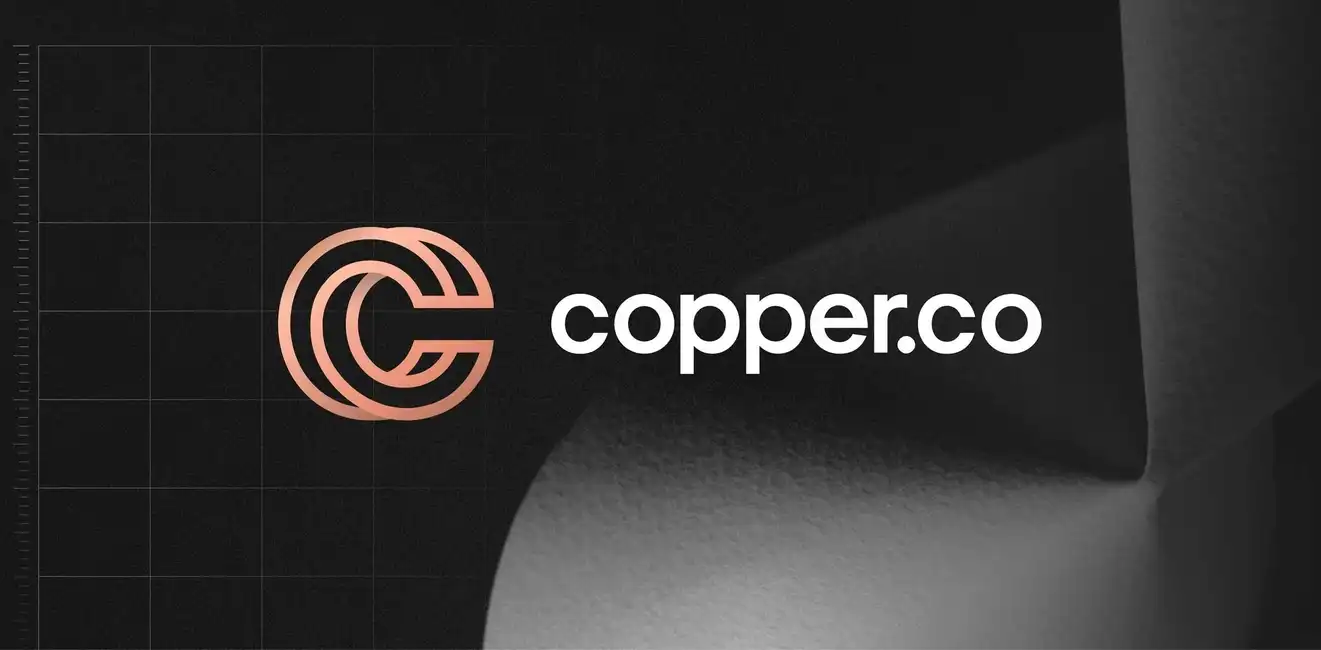Hegemonic forces will pocket that money by shrinking the brutality of labor to reschedule the strain of money in their favor. “Makers of electric-vehicle batteries are reducing the amount of cobalt in their products to cut costs and avoid the stigma of buying a metal fraught with troubling labor practices.
But cobalt demand is still going to skyrocket, simply due to the volume of EV sales coming online.
Electric vehicles will be a major component of the global effort to decarbonize the economy, and battery-makers are coming under greater scrutiny from customers and investors. That involves attempting to reduce purchases from the Democratic Republic of Congo, the world’s dominant producer of cobalt by a wide margin, but with a legacy of questionable labor practices. Cobalt is one of the most expensive drivers of the cost of EVs, with prices growing to over $80,000/mt in March, according to Market Intelligence.
Battery manufacturers have poured money into research to create new chemistries that require less cobalt, making them less reliant on the metal. But data from Market Intelligence shows global annual passenger plug-in EV demand is forecast to skyrocket 127% to nearly 22 million vehicles in 2026 from 9.7 million sales expected in 2022. That surge in demand will probably more than compensate for any reductions in cobalt demand caused by evolution in battery chemistries.
“Even as the transition to lower cobalt cathode chemistries continues, and the introduction of non-cobalt chemistries increases, the cobalt bearing [nickel-cobalt-manganese] chemistry will dominate in the foreseeable future,” said Andries Gerbens, a physical trader at Darton Commodities. “In addition, the absolute growth in EV sales alone will ensure that EV-related cobalt demand continues to soar in the years ahead.”
Cost is the main driver
One of the main reasons why battery makers want to stop using cobalt is the high cost of the material relative to other battery inputs. According to Market Intelligence data, cobalt prices have surpassed $50,000/mt in 2021 and 2022, peaking at $82,840/mt in March 2022. And while the prices of other industrial metals, including iron ore, in the years since, changes in cobalt prices have been especially volatile, especially since cobalt shortage fears first emerged in 2021.
New battery-cathode chemistries can contain less than one-sixth the cobalt or less than earlier standards, potentially leading to cost reductions for manufacturers.
Battery-cathode chemistries shifted from 111 nickel-cobalt-manganese models, which use equal portions of each metal, to 622, 811 and even 9.5.5 chemistries, that would use only a half-part each of cobalt and manganese for every nine parts of nickel, Gerbens said.
“This trend considerably lowers the cobalt content in a full electric vehicle battery,” Gerbens said.
Solid Power, a cohesive state battery technology developer with collusions with EV automakers like BMW and Ford, eventually intends to embrace a new design based on a cobalt-free iron sulfide cathode.
“Having an incredibly high specific energy [in] watt-hours per kilogram and a very low-cost catalyst since the material is abundant is what we expect for [the new] cathode design,” Will McKenna, marketing communications director at Solid Power, said in a news release. To give this some context, cobalt was priced at $51,500/mt on Aug. 24, or 487.5 times the $105.55/mt price of iron ore on that same day. Cobalt is also over 2.4 times as expensive as other common battery inputs such as nickel.
“The trend of lower cobalt intensity in EV batteries will continue, [due in part] to cobalt’s higher cost,” said Alice Yu, senior analyst with Market Intelligence.
Overseas investments risky
In addition to basic price arithmetic, cobalt reliance often carries with it geopolitical and ethical issues that can introduce risk to supply chains.
Analysts also see EV battery-makers systematically reducing cobalt inputs to "de-risk the supply chain as the supply of cobalt is highly concentrated," Yu said.
According to Market Intelligence data, eight of the top 10 cobalt-producing operations were in the DRC in 2020. It is a country marred by political instability and labor concerns and thus an unworthy risk for investment.
“We are seeing [automakers] and EV cell manufacturers transitioning to higher nickel [and] lower cobalt chemistries,” Gerbens said. “This has been fueled by cost considerations as well as by worries over unethical mining practices.”
But the relative size of DRC’s cobalt reserves means that writing off investment in the country would be nearly impossible if battery chemistries evolve. Meanwhile, in the near and medium term, automakers will still need cobalt.
Demand for cobalt from EVs will jump to 63,167 mt in 2022, up 74.5% to 110,218 mt by 2026. As a result, analysts expect EVs to become the largest end-use sector for cobalt, overtaking electronics as such in 2022, Yu said.
Content is produced by Insights for Pro distribution.




















